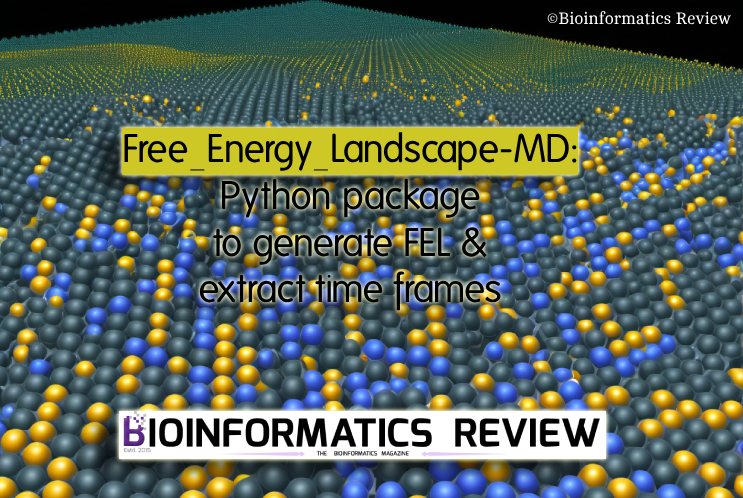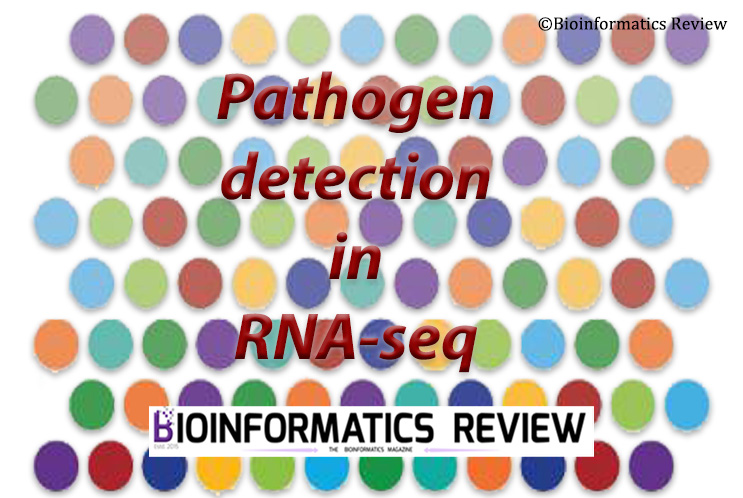Tools
Do you HYPHY with (Data)Monkey !!

HyPhy, acronym for Hypothesis Testing Using Phylogenies (www.hyphy.org) was written & designed by Kosakovsky Pond and workers to provide likelihood-based analyses on molecular evolutionary data sets and help detect differential rates of variability within a coding sequence datasets. It is freely available, has a Graphical User Interface and can be used by anyone with or without much computer language or programming exposure.
It was earlier presumed that substitution rates were uniform over an alignment of homologous DNA/Protein sequences but many workers studying molecular evolutionary processes influencing rates and patterns of evolution negated this presumption with quite a lot of data and this is especially true for highly evolving gene family datasets and for viral genomes. Natural selection takes place at different domains/regions/sites which are under positive, negative or neutral selection pressures. Positive selection originates with more of non-synonymous substitutions in a protein coding sequence influencing the fitness advantage (protein structure and function) of an organism whereas negative selection takes place with more of synonymous substitution in a protein coding sequence leaving the amino acid sequence or protein structure and function unchanged. A neutral evolution is said to be taking place when the non-synonymous substitutions do not affect the protein structure and function and rate of non-synonymous substitutions. The rate of synonymous and non-synonymous substitutions is given by dS and dN respectively. In the case of neutral evolution, dS and dN are observed to be in equilibrium. Accordingly, the ratio of dN/dS given by ω=β/α (also referred to as dN/dS) has become a standard measure of selective pressure. The total ω for a sequence alignment is referred to as Global ω. Global ω with a value of approximately 1 signifies neutral evolution, below 1 suggests negative selection whereas ω more than 1 implies positive selection. To start with the analyses, all one needs is, a suitable codon substitution model as detected by MODELTEST program (available online), a nexus formatted sequence alignment file (must be codon data file) and a Maximum Likelihood tree of the data.
Datamonkey is a web interface (http://www.datamonkey.org) which uses HyPhy batch files to execute most of its tools and packages for the computational analyses. This web interface can be used for estimating dS and dN over an alignment of coding sequences and also for identifying codons and lineages under selection. It also provides “state of the art” tests of codon based models to infer signatures of positive Darwinian selection by comparing rates of synonymous (dS) versus non-synonymous (dN) mutations even in the presence of recombination. It actually reports ω (=dN/dS) using a variety of evolutionary models. Apart from this, Datamonkey also offers a number of packages such as GARD, SLAC, REL, FEL, EVOBLAST etc. These will be discussed in the next issue. Keep reading!!
A comprehensive list of references on the article are available upon request to the author ([email protected])
Software
CMake installation and upgrade: What worked & what didn’t?!

CMake is a widely used cross-platform build system that automates the process of compiling and linking software projects. In bioinformatics, CMake can be utilized to manage the build process of software tools and pipelines used for data analysis, algorithm implementation, and other computational tasks. However, managing the versions of CMake or upgrading it on Ubuntu (Linux) can be a trivial task for beginners. In this article, we provide methods for installing and upgrading CMake on Ubuntu.
Bioinformatics Programming
Free_Energy_Landscape-MD: Python package to create Free Energy Landscape using PCA from GROMACS.

In molecular dynamics (MD) simulations, a free energy landscape (FEL) serves as a crucial tool for understanding the behavior of molecules and biomolecules over time. It is difficult to understand and plot a meaningful FEL and then extract the time frames at which the plot shows minima. In this article, we introduce a new Python package (Free_Energy_Landscape-MD) to generate an FEL based on principal component analysis (PCA) from MD simulation done by GROMACS [1].
Bioinformatics News
VS_Analysis: A Python package to perform post-virtual screening analysis

Virtual screening (VS) is a crucial aspect of bioinformatics. As you may already know, there are various tools available for this purpose, including both paid and freely accessible options such as Autodock Vina. Conducting virtual screening with Autodock Vina requires less effort than analyzing its results. However, the analysis process can be challenging due to the large number of output files generated. To address this, we offer a comprehensive Python package designed to automate the analysis of virtual screening results.
Bioinformatics Programming
vs_interaction_analysis.py: Python script to perform post-virtual screening analysis

Analyzing the results of virtual screening (VS) performed with Autodock Vina [1] can be challenging when done manually. In earlier instances, we supplied two scripts, namely vs_analysis.py [2,3] and vs_analysis_compounds.py [4]. This time, we have developed a new Python script to simplify the analysis of VS results.
Software
How to install Interactive Genome Viewer (IGV) & tools on Ubuntu?

Interactive Genome Viewer (IGV) is an interactive tool to visualize genomic data [1]. In this article, we are installing IGV and tools on Ubuntu desktop.
MD Simulation
[Tutorial] Installing VIAMD on Ubuntu (Linux).
![[Tutorial] Installing VIAMD on Ubuntu (Linux).](https://img.bioinformaticsreview.com/uploads/2023/12/01184130/viamd.jpg)
Visual Interactive Analysis of Molecular Dynamics (VIAMD) is a tool that allows the interactive analysis of molecular dynamics simulations [1]. In this article, we are installing it on Ubuntu (Linux).
Docking
[Tutorial] Performing docking using DockingPie plugin in PyMOL.
![[Tutorial] Performing docking using DockingPie plugin in PyMOL.](https://img.bioinformaticsreview.com/uploads/2023/10/25151930/dockingpie1.jpg)
DockingPie [1] is a PyMOL plugin to perform computational docking within PyMOL [2]. In this article, we will perform simple docking using DockingPie1.2.
Docking
How to install the DockingPie plugin on PyMOL?

DockingPie [1] is a plugin of PyMOL [2] made to fulfill the purpose of docking within the PyMOL interface. This plugin will allow you to dock using four different algorithms, namely, Vina, RxDock, SMINA, and ADFR. It will also allow you to perform flexible docking. Though the installation procedure is the same for all OSs, in this article, we are installing this plugin on Ubuntu (Linux).
Structural Bioinformatics
How to predict binding pocket/site using CASTp server?

The CASTp server allows you to predict the binding sites in a protein [1]. In this article, we will predict binding sites in a protein using the same.
Software
Video Tutorial: Calculating binding pocket volume using PyVol plugin.

This is a video tutorial for calculating binding pocket volume using the PyVol plugin [1] in Pymol [2].
Software
How to generate topology from SMILES for MD Simulation?

If you need to generate the topology of molecules using their SMILES, a simple Python script is available.
Software
[Tutorial] Installing jdock on Ubuntu (Linux).
![[Tutorial] Installing jdock on Ubuntu (Linux).](https://img.bioinformaticsreview.com/uploads/2023/05/09092952/jdock.jpg)
jdock is an extended version of idock [1]. It has the same features as the idock along with some bug fixes. However, the binary name and the GitHub repository names are changed. We are installing jdock on Ubuntu (Linux).
Software
How to install GMXPBSA on Ubuntu (Linux)?

GMXPBSA is a tool to calculate binding free energy [1]. It is compatible with Gromacs version 4.5 and later. In this article, we will install GMXPBSA version 2.1.2 on Ubuntu (Linux).
Docking
[Tutorial] Installing Pyrx on Windows.
![[Tutorial] Installing Pyrx on Windows.](https://img.bioinformaticsreview.com/uploads/2023/04/13181032/pyrx-3.jpg)
Pyrx [1] is another virtual screening software that also offers to perform docking using Autodock Vina. In this article, we will install Pyrx on Windows. (more…)
MD Simulation
How to solve ‘Could NOT find CUDA: Found unsuitable version “10.1”‘ error during GROMACS installation?

Compiling GROMACS [1] with GPU can be trivial. Previously, we have provided a few articles on the same. In this article, we will solve an error frequently occurring during GROMACS installation.
Software
Installing Autodock4 on MacOS.

Previously, we installed the Autodock suite [1] on Ubuntu. Visit this article for details. Now, let’s install it on MacOS.
Docking
How to install Autodock4 on Ubuntu?

Autodock suite is used for docking small molecules [1]. Recently, Autodock-GPU [2] is developed to accelerate the docking process. Its installation is described in this article. In this tutorial, we will install Autodock 4.2.6 on Ubuntu.
Software
DS Visualizer: Uses & Applications

Discovery Studio (DS) Visualizer (from BIOVIA) is a visualization tool for viewing, sharing, and analyzing proteins [1]. Here are some uses and applications of DS Visualizer.
Software
Protein structure & folding information exploited from remote homologs.

Remote homologs are similar protein structures that share similar functions, but there is no easily detectable sequence similarity in them. A new study has revealed that the protein folding information can be exploited from remote homologous structures. A new tool is developed to recognize such proteins and predict their structure and folding pathway. (more…)
RNA-seq analysis
Pathonoia- A new tool to detect pathogens in RNA-seq data.

Detecting viruses and bacteria in RNA-seq data with less false positive rate is a difficult task. A new tool is introduced to detect pathogens in RNA-seq data with high precision and recall known as Pathonoia [1].




You must be logged in to post a comment Login